Kalawalla is plant mentioned by Dr. Sebi in some of his videos. Lets look at some details of kalawalla as well as traditional uses.
Kalawalla is a common name for a plant with the Latin name Polypodium leucotomos. It belongs to the Polypodiaceae family and is also known by other names such as Calaguala, Samambaia, and Anapsos. Here’s a detailed breakdown of its characteristics:
Latin Name: Polypodium leucotomos
Other Names: Calaguala, Samambaia, Anapsos
Habitat: Kalawalla is native to tropical and subtropical regions, particularly found in Central and South America. It thrives in shady, moist environments, often growing on rocks, trees, or in the crevices of humid forests.
Description:
Kalawalla is a fern-like plant with fronds that can grow up to several feet in length. Its leaves are typically bright green and have a glossy texture. The plant reproduces via spores and often forms dense clusters in its natural habitat.
Action and Properties:
Kalawalla is renowned for its immunomodulatory and antioxidant properties. It contains a variety of bioactive compounds, which contribute to its therapeutic effects. Additionally, it is noted to have anti-inflammatory and photoprotective properties, making it popular in skincare products.
Traditional or Medicinal Uses:
Kalawalla has a long history of traditional use among indigenous populations in Central and South America. It has been used to treat a variety of conditions, including inflammatory disorders, such as arthritis and eczema, as well as skin conditions like psoriasis and vitiligo. Additionally, it is believed to support overall immune function and promote general well-being.
Here are some traditional uses of Kalawalla:
- Skin Conditions: One of the most common traditional uses of Kalawalla is for various skin conditions. Indigenous communities have used it for centuries to treat ailments such as psoriasis, eczema, vitiligo, and dermatitis. The plant’s anti-inflammatory and antioxidant properties are said to help soothe irritated skin, reduce redness and inflammation, and promote healing.
- Immune Support: Kalawalla has been traditionally used to support immune function. It is used to strengthen the body’s natural defenses and promote overall health and vitality. This traditional use aligns with modern research that suggests Kalawalla may have immunomodulatory effects, helping to regulate the immune system’s response.
- Arthritis and Joint Pain: In traditional medicine, Kalawalla has also been used to alleviate symptoms of arthritis and joint pain. Its anti-inflammatory properties are thought to help reduce swelling and discomfort associated with these conditions, offering relief to those suffering from chronic pain.
- Gastrointestinal Issues: Some indigenous cultures have used Kalawalla to address digestive issues such as stomach upset, indigestion, and gastritis. Its anti-inflammatory properties may also contribute to its benefits for digestive health.
- Wound Healing: Kalawalla has been applied topically to wounds and cuts to promote healing and prevent infection. Its anti-inflammatory and antimicrobial properties may help accelerate the healing process and protect against bacterial or fungal contamination.
- General Wellness: Beyond specific ailments, Kalawalla has been valued traditionally as a tonic for overall well-being. It is used to promote vitality, energy, and resilience to stress, helping individuals maintain balance and harmony within the body.
Contraindications / Side-effects:
While Kalawalla is generally considered safe for most people when used as directed, some individuals may experience mild side effects such as stomach upset or allergic reactions.
Research Examples:
Research on Kalawalla has primarily focused on its immunomodulatory and photoprotective properties. Several studies have demonstrated its efficacy in reducing inflammation and oxidative stress, as well as its potential to enhance the skin’s resilience to UV radiation. For example, a study published in the Journal of Investigative Dermatology found that oral administration of Polypodium leucotomos extract provided significant protection against UV-induced skin damage.
A paper published in Nature volume 214, pages 1256–1258 (1967)C, titled ‘Metabolic Effects of Calagualine, an Antitumoral Saponine of Polypodium leucotomos’. Looked at how ‘the natives of northern Honduras traditionally use an infusion of the rhizomes of the fern Calaguala as a treatment against malignant tumors.’
A 2003 ‘Cancer Letter’ publication findings indicated that calagualine, a substance from Kalawalla, stops NF-κB from activating, which might explain how calagualine can reduce inflammation and the formation of tumors.
Medicinal Parts of Kalawalla
The specific parts used can depend on the desired therapeutic effect and the method of preparation. Here are the main parts of the Kalawalla plant used medicinally:
Leaves: The leaves of the Kalawalla plant are the most commonly used part for medicinal purposes. They contain the highest concentration of bioactive compounds, including flavonoids, phenolic acids, and carotenoids, which contribute to the plant’s therapeutic properties. The leaves can be harvested and dried for use in teas, capsules, extracts, and topical preparations.
Rhizomes: The rhizomes, or underground stems, of Kalawalla may also be used in herbal medicine. While less commonly utilized than the leaves, the rhizomes contain beneficial compounds and are sometimes included in herbal preparations for their health benefits.
Spores: In some traditional practices, the spores of the Kalawalla fern are collected and used for medicinal purposes. These spores contain a variety of active compounds and are said to have immune-boosting properties. However, collecting and processing spores can be labor-intensive, and they are less commonly used than the leaves.
Whole Plant Extracts: In commercial herbal supplements and skincare products, extracts containing various parts of the Kalawalla plant may be used. These extracts often combine leaves, rhizomes, and sometimes spores to provide a comprehensive range of bioactive compounds for therapeutic use.
The leaves of Kalawalla are the primary focus of research and traditional use due to their rich concentration of beneficial compounds. However, different preparations may utilize other parts of the plant as well to maximize its therapeutic benefits.
Herbal Recipes:
Kalawalla is commonly available in various forms, including capsules, extracts, and topical creams. Here’s a simple herbal recipe for a Kalawalla tea:
Ingredients:
1 teaspoon dried Kalawalla leaves
1 cup of hot water
Instructions:
1. Place the dried Kalawalla leaves in a teapot or infuser.
2. Pour hot water over the leaves.
3. Allow the tea to steep for 5-10 minutes.
4. Strain the tea and serve hot.
This tea can be consumed daily to support immune function and overall well-being. Additionally, Kalawalla extract can be added to skincare formulations to provide antioxidant and photoprotective benefits.
References:
Polypodium leucotomos – An Overview of Basic Investigative Findings – https://www.ncbi.nlm.nih.gov/pmc/articles/PMC5189711/
African Medicinal Plants Useful for Cognition and Memory: Therapeutic Implications for Alzheimer’s Disease – https://link.springer.com/article/10.1007/s12229-021-09246-2
Polypodium leucotomos – An Overview of Basic Investigative Findings – https://www.ncbi.nlm.nih.gov/pmc/articles/PMC5189711/

Get paperback copies of the following books on Lulu.com
Dr. Sebi Approved Herbs, Volume 2 – 23 Alkaline Herbs with Uses and Formulas
Dr. Sebi Approved Herbs, Volume 1 – 21 Alkaline Herbs with Uses and Formulas
ebooks are available on this website and Lulu.com.
Sponsored links for Kalawalla products
1. Kalawalla Rhizome Powder Polypodium Leucotomos From Florida Superfoods (a – 50 gr 1.76 oz)
2. Kalawalla | Wild Crafted from the Hills of Jamaica | 100% Natural 1oz
3. Kalawalla Root and Leaves Powder, Polypodium Leucotomos, Calaguala, Wildcrafted in Jamaica


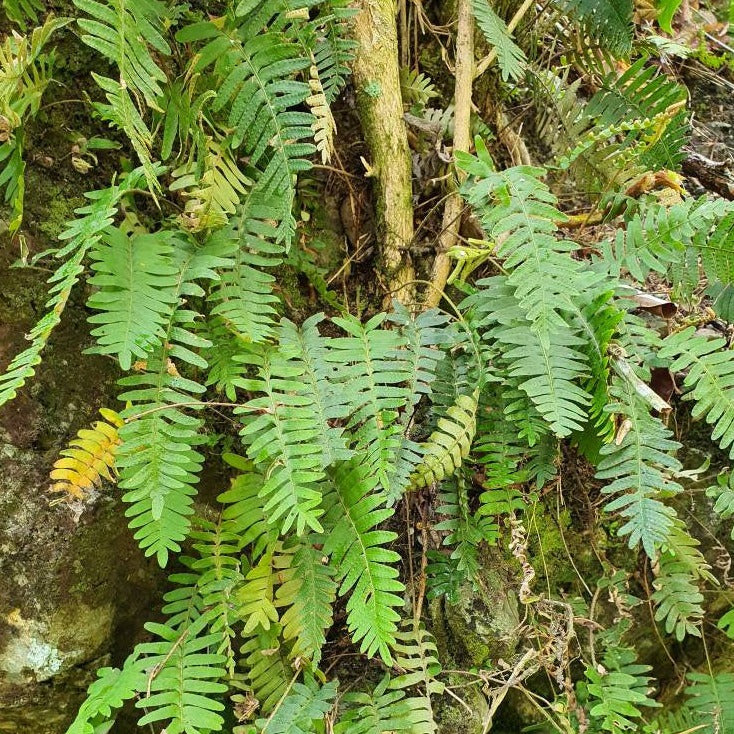


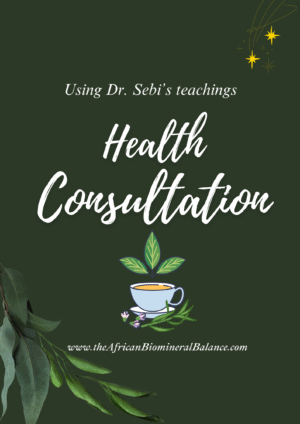
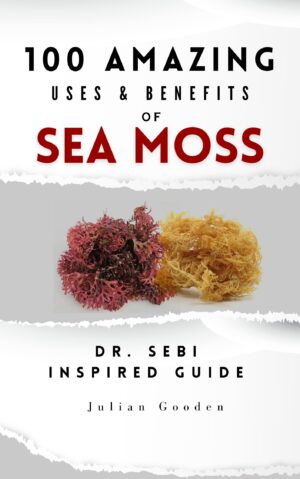

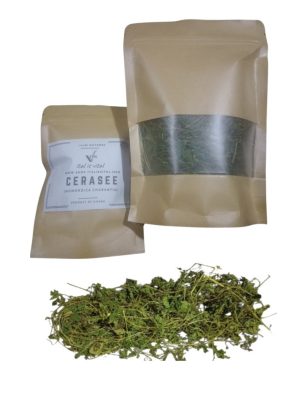



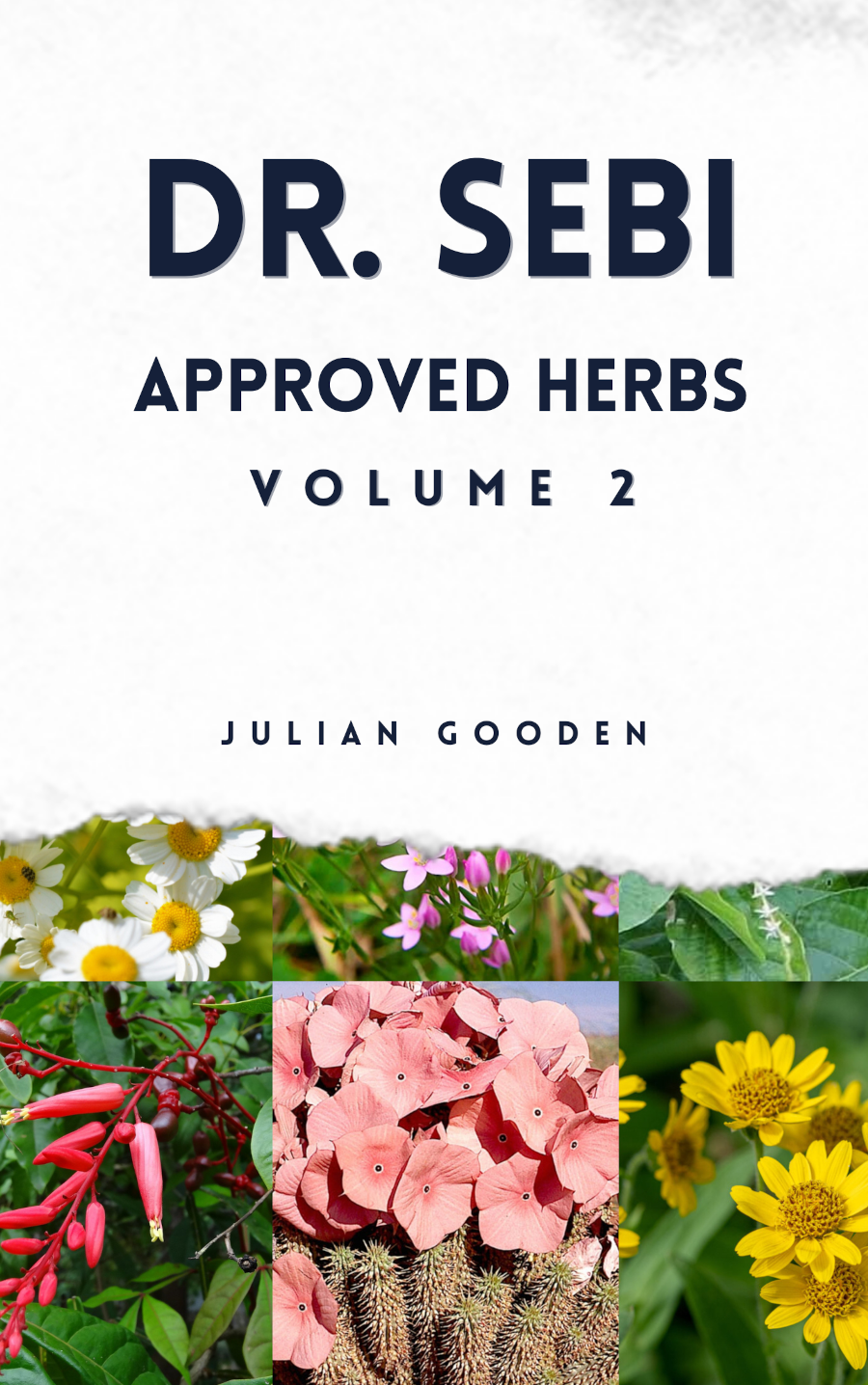
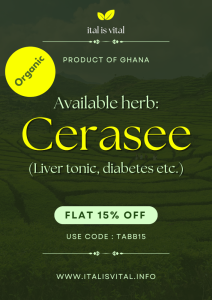
1 thought on “Kalawalla Properties, Uses & Side-effects – Dr. Sebi Approved Herb (Immune Support, Skin Health and more)”
Comments are closed.